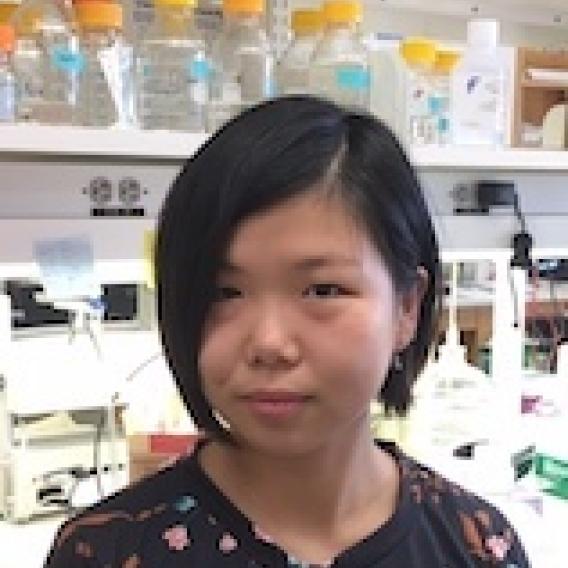Xuemeng (Molly) Zheng
Graduate Student, UT Southwestern
De-mixing of proteins through multivalent interactions leads to the formation of liquid-like cellular structures. This process, described as liquid-liquid phase separation (LLPS), concentrate certain biomolecules from the environment. It is reasonable to hypothesize that the rates of interaction between proteins within a condensate could be very different from those in the surrounding environment, which can result in different molecular activities. This phenomenon has been observed for molecules involved in signal transduction. Previously the Rosen lab demonstrated that a minimal set of signaling molecules--phosphorylated Nephrin, Nck and N-WASP--can undergo LLPS; their de-mixing at the membrane periphery recruits and activates the Arp2/3 complex, accelerating actin filament branching. I am interested in the potential mechanism of how phase separation could act as a general mechanism to activate local signal transduction, and whether defects in these processes relate to human s. These two aims unite in the specific cases of oncogenic receptor kinases. As an example, EML4-ALK is the fusion of cytoplasmic protein EML4 and the intracellular domain of anaplastic lymphoma kinase (ALK). On one hand, it exhibits excessive molecular activity, which leads to oncogenicity; on the other hand, the fusion of EML4 offers additional ability for these proteins to oligomerize and to form higher order assemblies. Recently, discoveries made by Bivona & Huang labs at UCSF link the formation of EML4-ALK cytoplasmic granules with its ability to upregulate downstream signaling and cell proliferation. I am interested in understanding the mechanism by which EML4-ALK assembles into signaling granules, and the potential mechanism of such assembly activating downstream signaling. Resolving these issues would not only benefit our understanding in EML4-ALK oncogenicity, but also the general interplay between phase separation and activation of cellular processes.